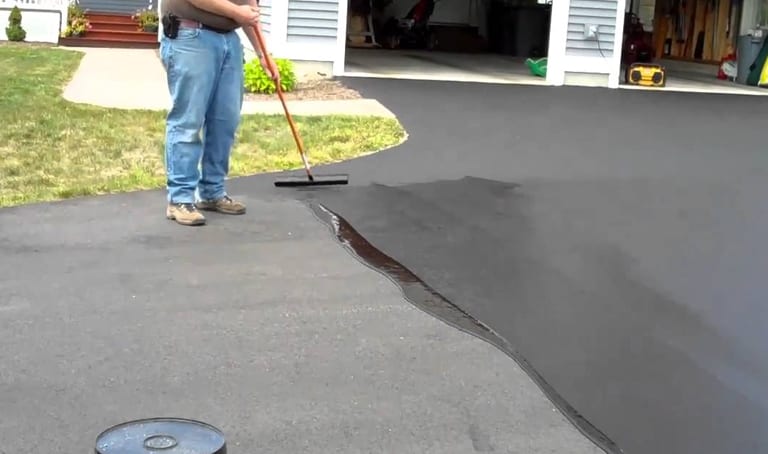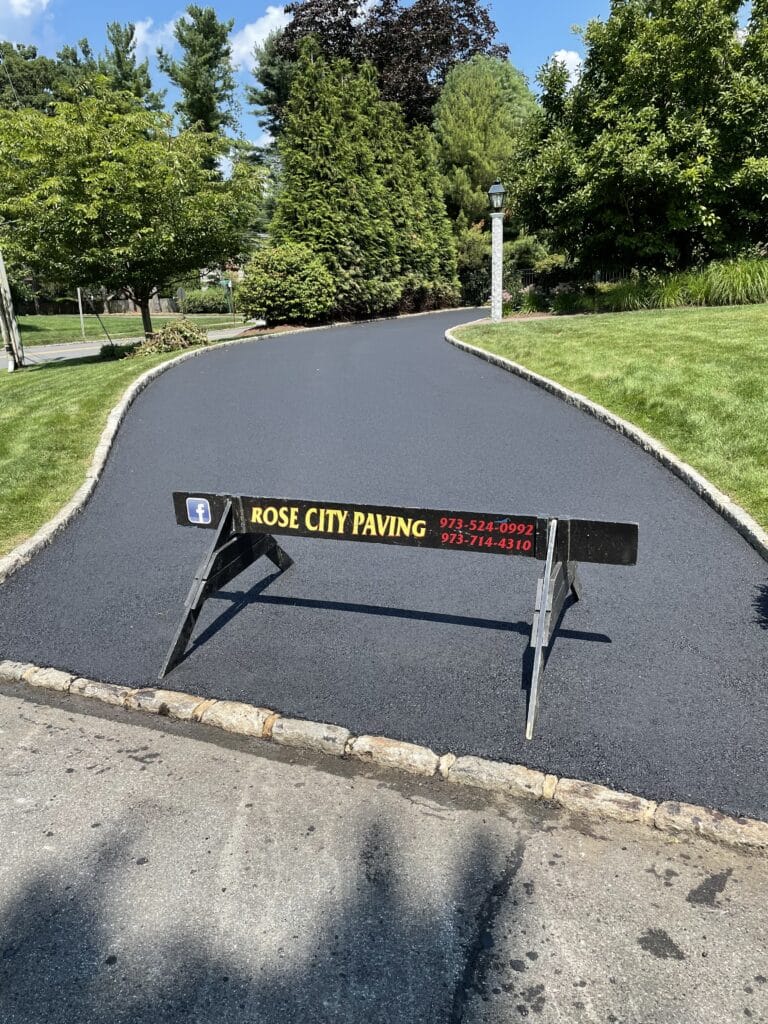Enhance Longevity: Warm Mix Asphalt Sealing for Angled Parking Frameworks
Hot Mix Asphalt: A Sustainable Solution for Sidewalk
Hot Mix Asphalt (HMA) has emerged as a leading sustainable option for sidewalk solutions, offering a myriad of innovative technologies and environmental advantages. Its capacity to reuse materials and reduce energy consumption offers an engaging instance for its adoption in road building and construction projects. The lasting performance and sturdiness of HMA make it a preferred choice for framework growth. As the demand for eco-friendly building and construction techniques grows, exploring the subtleties of HMA's sustainability can supply useful insights right into the future of pavement services.
Ecological Benefits of Warm Mix Asphalt

Furthermore, Hot Mix Asphalt assists to minimize metropolitan warmth island effects. Its dark shade soaks up sunlight, reducing the quantity of warm reflected back into the environment compared to lighter-colored sidewalks. This can reduce ambient temperature levels in metropolitan areas, decreasing the need for air conditioning and inevitably decreasing power consumption.
Furthermore, Warm Mix Asphalt adds to improved stormwater administration. Its permeable nature enables water to recharge and penetrate the pavement groundwater products, reducing overflow and the risk of flooding. These ecological benefits make Hot Mix Asphalt a lasting option for leading roads and freeways.
Power Efficiency in HMA Manufacturing
Is energy efficiency a critical variable in the production of Hot Mix Asphalt (HMA)? Energy plays a considerable function in the production of HMA, influencing both expense and environmental sustainability. One vital aspect of power efficiency in HMA manufacturing is the usage of cozy mix asphalt (WMA) modern technologies.
Furthermore, innovations in plant innovations have brought about even more energy-efficient HMA production procedures. Modern plants are developed with functions like recycled asphalt pavement (RAP) processing abilities, reliable heater systems, and enhanced insulation, all adding to energy cost savings. By enhancing power use in HMA manufacturing, the market can reduce its carbon footprint while maintaining top quality pavement materials. Power efficiency is, consequently, a vital consideration in guaranteeing the sustainability of Hot Mix Asphalt production.
Recyclability of Warm Mix Asphalt
The recyclability of Warm Mix Asphalt (HMA) is a critical aspect of its sustainability and long-term ecological effect. HMA is one of the most recycled products in the United States, with over 100 million lots of redeemed asphalt sidewalk (RAP) being reused annually in brand-new pavement building and construction. Recycling HMA provides numerous environmental benefits, such as lowering the need for virgin materials, reducing energy consumption throughout manufacturing, and decreasing the amount of waste sent to land fills.
The process of recycling HMA includes grating the existing sidewalk, crushing it into smaller sized items, and blending it with brand-new accumulation and asphalt binder to develop a recycled mix. This recycled mix can commonly do along with and even much better than traditional HMA, while calling for less resources and producing lower greenhouse gas exhausts. By integrating RAP into new pavement projects, road companies can conserve all-natural resources, reduce prices, and decrease the ecological footprint of road building and maintenance tasks. In general, the recyclability of HMA plays a significant role in promoting lasting practices within the sidewalk market.

Long-Term Performance of HMA
Asphalt pavements demonstrate sturdiness and resilience over a prolonged period, reflecting the long-lasting efficiency of Hot Mix Asphalt (HMA) The durability of HMA can be credited to its capacity to endure hefty web traffic tons, harsh weather, and the impacts of aging. Researches have actually revealed that properly designed and appropriately constructed HMA pavements can last for two decades or more with routine maintenance. The key to maximizing the long-term efficiency of HMA hinges on utilizing high-quality materials, following best techniques in construction, and carrying out efficient upkeep approaches. Appropriate drain, routine inspections, and prompt repair work are important for preserving the architectural stability of HMA pavements over time. Additionally, advancements in HMA modern technology, such as the usage of polymer-modified binders and warm mix asphalt, have even more boosted the resilience and long life of HMA sidewalks. By prioritizing top quality building and maintenance techniques, HMA continues to confirm itself as a cost-efficient and sustainable service for resilient sidewalk facilities.

HMA: Longevity and Sustainability
Showing both sturdiness and sustainability, Hot Mix Asphalt (HMA) has actually come to be a cornerstone in the building of lasting sidewalk facilities - angled parking. HMA's sturdiness stems from its capability to endure heavy loads, extreme weather, and high traffic this contact form quantities, making it a reliable selection for roadways, highways, and flight terminal paths. The make-up of HMA, which usually includes accumulations, binder, and filler, plays an important duty in improving its long life and resistance to damage
Additionally, HMA's sustainability hinges on its recyclability and energy-efficient manufacturing procedure. The capacity to reuse recovered asphalt sidewalk (RAP) in brand-new HMA mixtures reduces the demand for virgin products and reduces the environmental influence of pavement building and upkeep. In addition, the energy efficiency of generating HMA depends on its reduced mixing temperatures contrasted to other pavement products, bring about lowered power usage and greenhouse gas discharges.
Verdict
In final thought, warm mix asphalt (HMA) provides a lasting solution for pavement with its environmentally pleasant attributes. HMA's recyclability, power effectiveness in production, and long-lasting durability make it an environmentally friendly choice for roadway building. By conserving all-natural sources, minimizing waste, and decreasing greenhouse gas emissions, HMA plays a crucial duty in promoting sustainability in facilities growth. Its capacity to mitigate urban warmth island effects additionally emphasizes its importance in producing ecologically aware and resilient sidewalk systems.
HMA is one of the most recycled materials in the United States, with over his explanation 100 million lots of reclaimed asphalt pavement (RAP) being recycled every year in new sidewalk building and construction.The process of recycling HMA involves milling the existing pavement, crushing it into smaller pieces, and mixing it with new accumulation and asphalt binder to visit this website develop a recycled mix.Asphalt sidewalks demonstrate sturdiness and durability over an extensive duration, showing the long-term performance of Hot Mix Asphalt (HMA) In addition, improvements in HMA modern technology, such as the usage of polymer-modified binders and cozy mix asphalt, have better boosted the durability and long life of HMA sidewalks. The capacity to recycle recovered asphalt pavement (RAP) in brand-new HMA blends lowers the need for virgin products and reduces the ecological influence of pavement construction and maintenance.